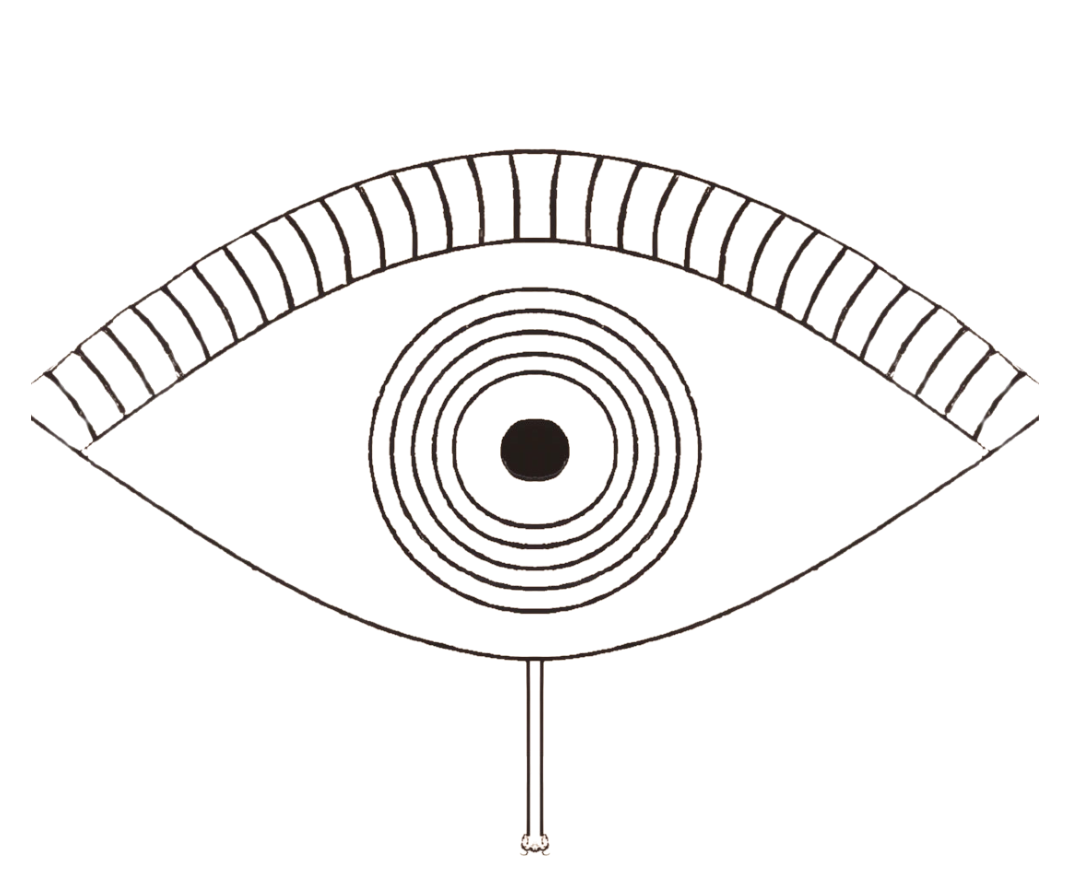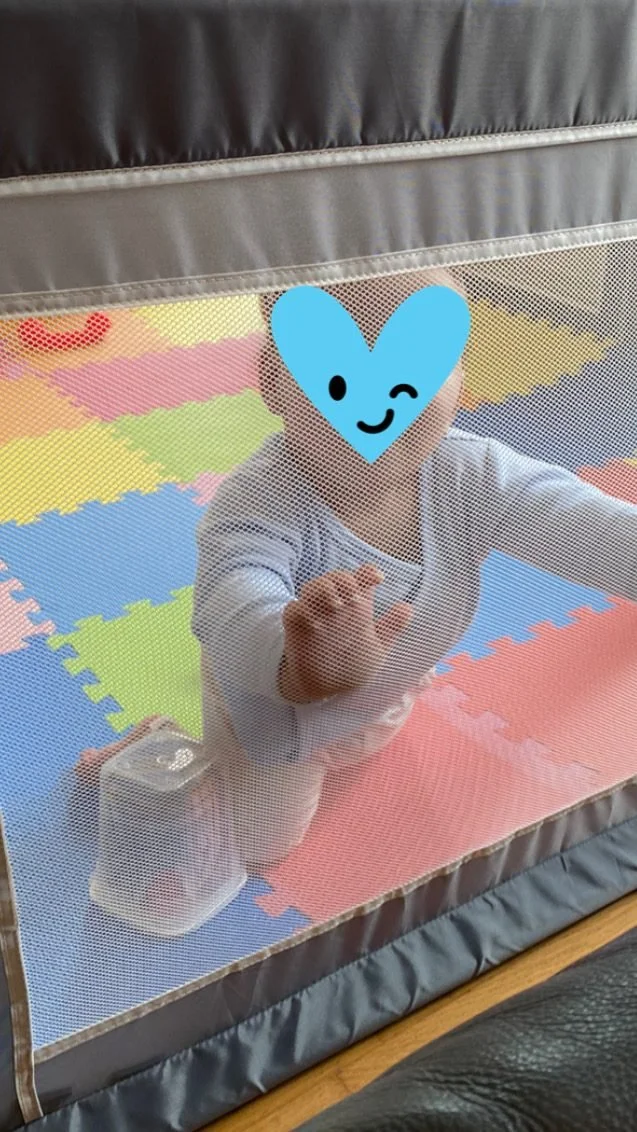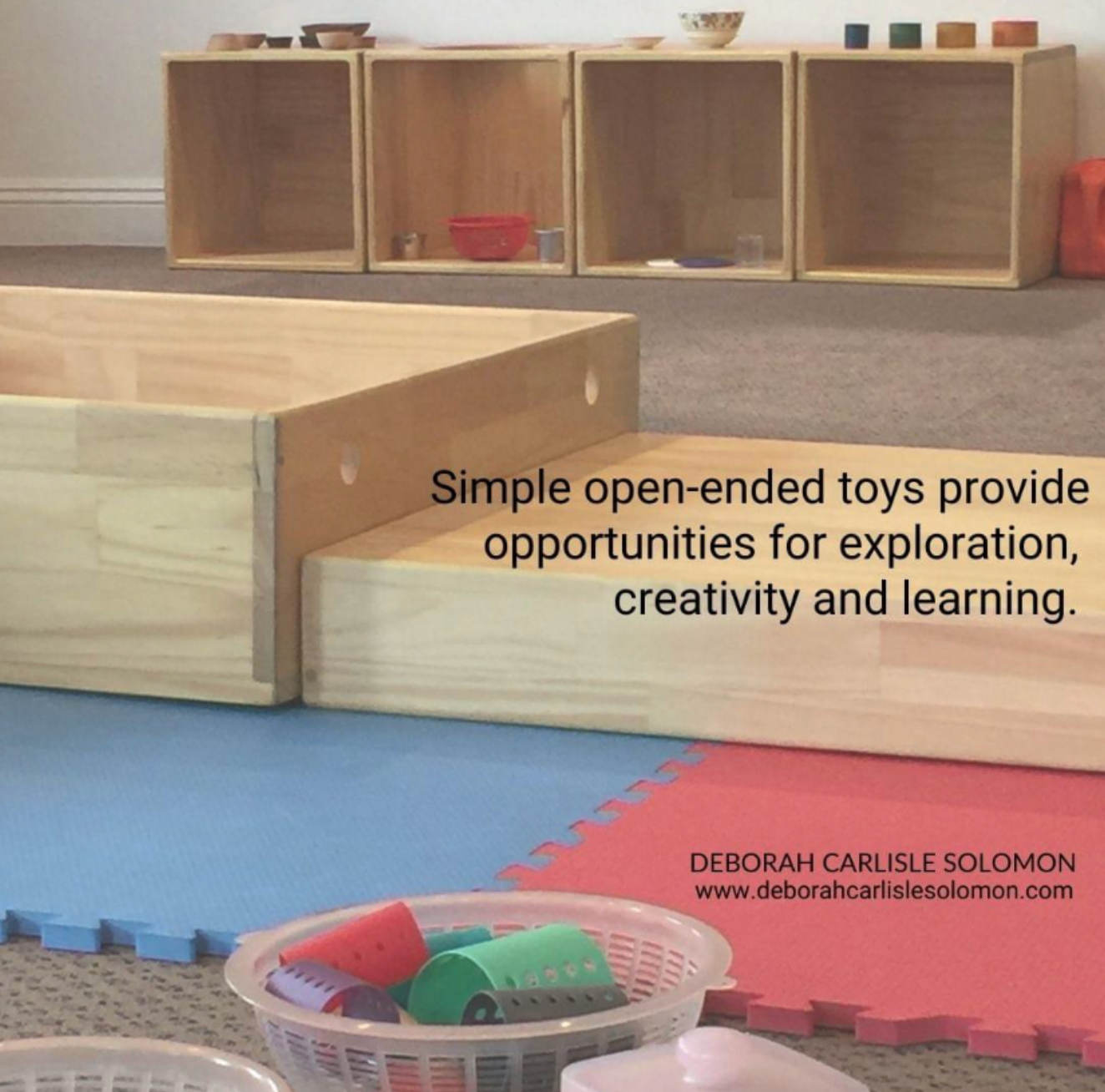How to Create a RIE®-Inspired Safe Space for Your Baby
Disclaimer: Please don’t feel that you have to get everything I mention in the article. I had to because I moved to a new house in a new country. You can use whatever you already have to create your infant’s safe space.
If there’s only one piece of advice I could give you regarding infant care, it’s to create a safe “Yes Space” for your baby!
This is basically a cozy, warm and cognitively challenging space in your house where your baby can move and explore play objects safely and freely without your intervention.
This space is SO safe that:
Everything your baby does is a YES; you don’t have to tell your baby NO about anything they do.
You don’t have to distract your baby to remove something you don’t want them to touch.
You don’t have to keep running after your baby because they are about to reach something unsafe in your house.
You don’t even have to be with them in that space.
Like Magda Gerber said, if for some reason, you are locked out of your house for hours and your baby is in their safe space, you know they won’t be physically harmed in ANY way.
I actually discovered how important the safe space is when we traveled overseas to stay with my in-laws for a month. They had ordered a playpen before our arrival but it arrived a week late. My son was crawling all-over the place and we had to keep running after him to prevent him from bumping his head or pulling heaving objects. We tried to set up a “safe space” using furniture and he very easily outsmarted us. You can still take inspiration from our “temporary safe space” and make it better if you don’t want to buy a playpen.
How the safe space can look like depending on your baby’s developmental stage and wether they have older siblings or not:
The Newborn Stage:
At this stage, the crib or bassinet is your baby’s safe space. A mat or blanket on the floor can also work if you don’t have any pets or other young children. It can be dangerous for infants and toddlers (or mobile and immobile babies) to share the same space.
Play objects for this stage are your baby’s hands. You don’t need to introduce any play objects before your baby discovers their hand. Babies can spend hours closely observing and studying their hands. After that, you can introduce an 18 inch square cotton or linen napkin (never silk or polyester!). Lay that napkin flat, pinch it in the middle forming a cone-like shape and place it next to your baby.
4-4.5 Months:
This is a good time to introduce a playpen or a gate around the play mat so your baby can get familiar with it even before they are very mobile. You can still introduce a playpen past that age. Your baby may just need time to warm up to the concept.
Play objects: As your baby becomes a little more mobile, you can place an Oball and a ring next to the napkin. Introduce no more than 3 play objects on the floor next to each other. Gently place your infant on their back close to them (but not too close so your baby is appropriately challenged).
6+ months:
At 6 months, some babies are more mobile than others. Observe your baby, as they grow and become more mobile, their safe space needs to grow with them. Expand it as much as the space in your house allows you to. I know this may sound a little over the top but I know some parents who removed furniture to expand their infants’ safe spaces and they noticed a big difference in the way they moved and explored.
At 9 months, my son informed me via his movement and temperament that he was outgrowing his safe space. That’s when I finally decided to double the size of his playpen.
Play objects: at this stage you can still stick to 3 different play objects or 3 different groupings of play objects. For example, a set of silicone or BPA-free plastic measuring spoons held together with a ring counts as one grouping of play objects. Try to offer groupings that your infant can take apart.
For more ideas about suitable play objects, check out this great toy guide.
Where to carve out a safe space in your home?
Do whatever your space allows you to do. In general it’s advisable to have the safe space where the child’s primary caregivers hang out the most so they feel included. Our son’s safe space is in a section of our living room.
If possible, it would be so lovely if you can carve out the safe space close to a source of natural sunlight and greenery. Like Antoni Gaudi said “the sun is the best painter.” Light and shadow play a major part of infants’ play. And needless to say, the soul is happier and healthier in the sunlight.
Outdoor Safe Space:
“Children do better, feel better, and look better outdoor.” Magda Gerber
If you are blessed with any sort of outdoor space, a balcony, a terrace, a backyard, please use it! It would be wonderful if you can have another playpen or even a tent or picnic mat in your outdoor space. Even your newborn can enjoy being outside in their bassinet, pram, or picnic mat right next to you. And if you won the lottery and live in “cooperative” weather, leave your infants’ outdoor safe space set up at all times, ready for immediate use. If you have to set it up every time you need to use it, you’ll probably feel less inclined to use it.
Which playpen should you get?
Try to find a playpen with panels that you can expand and reshape in anyway that works for your space. I would be great if you can get a playpen with bars for the following reasons:
At some point, your infant will most likely use those bars to pull up into the standing position by themselves.
They may also wrap their feet around these bars and lift their core up.
They may experiment passing a play object through the bars and bringing it back.
They may not be able to bring back a play object that they placed out of the playpen and learn about natural consequences and really think strategically next time about object placement.
While on vacation at my in-laws, my son was desperately trying to pull up into the standing position but it was difficult to do so using the available playpen.
Safety and variety of play objects in the playpen:
As you may have noticed already I consciously chose the word “play objects” over “toys” because, as Magda Gerber said, “a baby is playing when she is manipulating an object (even if it is her own hand), so in fact, any object a baby would choose to manipulate would be a play object.” Of course here she means any SAFE object as she beautifully describes here. Anything that passes through a toilet paper roll or has parts, liquids, beads, beans isn’t safe.
The best play objects:
Are safe (as defined above.)
Don’t do anything until the baby “activates them” as worded by Magda. They are not battery operated. A rule of thumb coined by Magda: passive toys make active babies. Active toys make passive babies.
Help the infant study cause and effect. For example a play object with a hidden rattle doesn’t help the infant understand the source of the noise.
Aren’t confusing. Mirrors for example, which I know come in many “Montessori toy kits” are confusing. I heard some parents say “my baby loves looking at herself in the mirror”. She actually doesn’t know she is looking at herself until she is about 18 months. She also doesn’t understand why 3D elements are presented on a flat surface. Check out the Rouge Experiment. Magda Gerber also found that mirrors don’t go hand in hand with her definition of respect. She didn’t like that babies sometimes bumped their heads in mirrors because they couldn’t make sense of them.
Can be manipulated. Mobiles are another example of commonly recommended play objects for newborns although they can’t manipulate them. Imagine how frustrating it can be to have an object that you can’t reach hung on top of your head blocking your field of vision! If you choose to introduce mobiles, maybe wait until your baby is more mobile and can choose to move away from them. In that case, you’ll also need to supervise how they use it to make sure it’s 100% safe.









